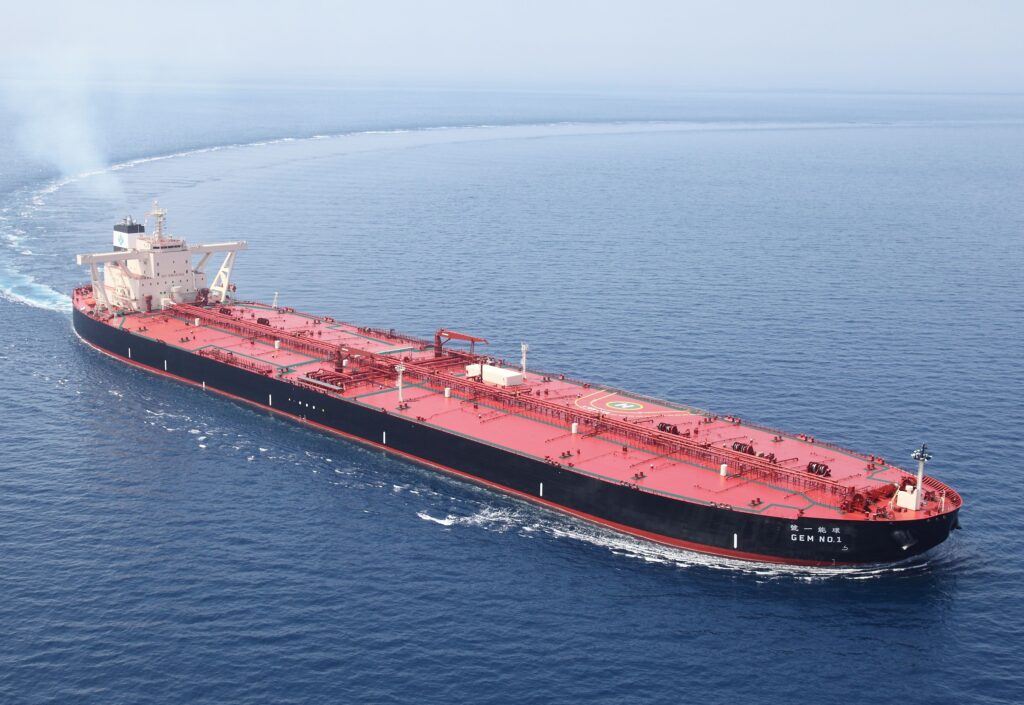Half of Russian oil is transported by “shadow” tankers

Russia’s oil export revenue for October became the second largest in 2023. Half of the volumes were transported by “shadow” tankers, which are not subject to the price cap policy.
The information was shared by the Center for Research on Energy and Clean Air (CREA).
“Compared to September, Russia’s monthly export revenue from fossil fuels in October slightly decreased by 16 million euros per day (-2%). Revenues from the export of oil products by sea transport decreased the most — by 19 million euros per day (-7%), due to restrictions on the export of these products,” the analysts noted.
In turn, exports by sea and pipeline increased by 7 million euros per day (+3%) and by 5 million euros per day (+4%), respectively.
The increase in monthly revenues from LNG by 10% (4 million euros per day) can be explained by the growth of exports to Asia (8%) and Europe (27%), analysts add.
At the same time, China was the largest importer of Russian fossil fuels in October, followed by India, Turkey, the EU and Singapore.
In October, 48% of Russian oil and oil products were transported by tankers subject to the policy of limiting oil prices. The rest (52%) was transported by “shadow” tankers, which are not subject to the price cap policy.
“Creating the price of crude oil at $30 per barrel could cut Russia’s revenues by 52% (€7.82 billion) in October alone,” the analysts said.
If this upper limit were set after the introduction of sanctions against Russian oil in December 2022, Russia’s revenues from oil exports could be almost halved to 59 billion euros.
The photo is illustrative.





